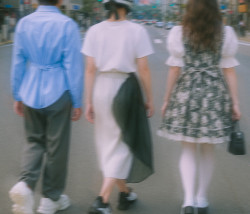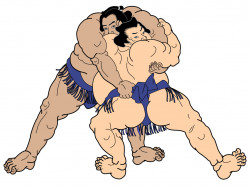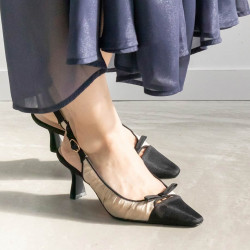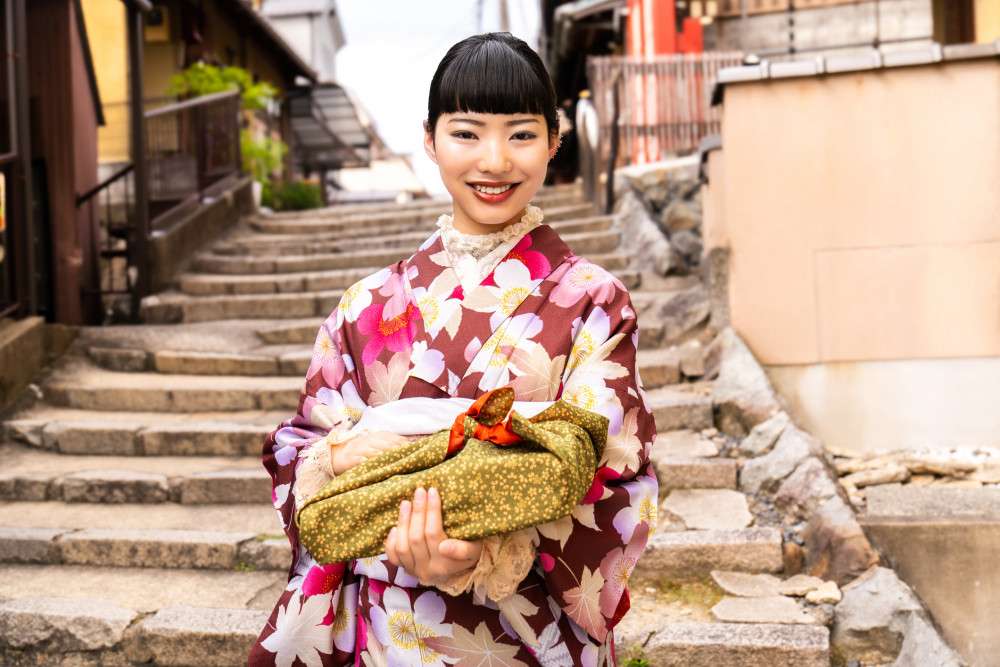
Whether it’s instant ramen, selfie sticks, or vending machines, Japan provides innovative, aesthetically pleasing solutions to everyday problems. But how do you stylishly transport groceries from the market to home, bottles of booze to a barbecue, clothes to the sento, or bento boxes to a picnic? Use a furoshiki (cloth wrap).
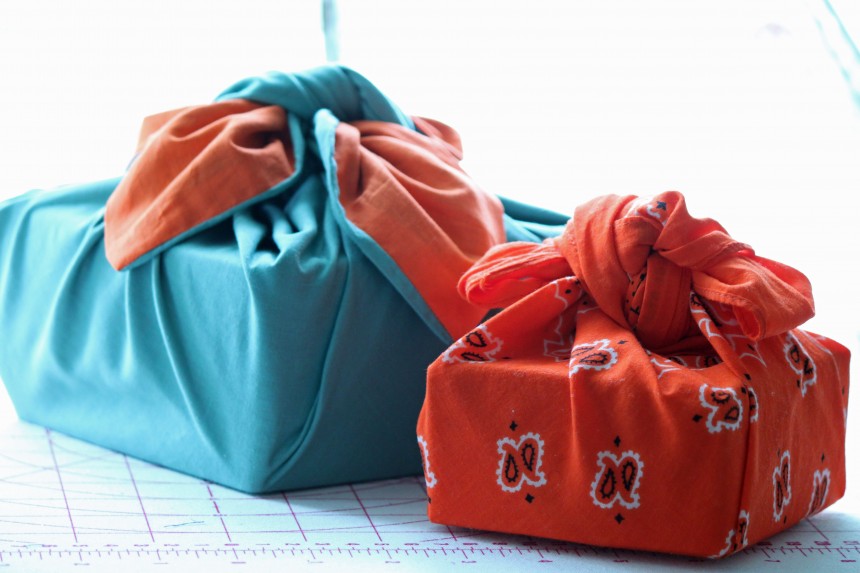
What is Furoshiki?
Furoshiki are rectangular pieces of decorative fabric made from silk, cotton or synthetic fibers that have been used for wrapping goods in Japan for at least 1200 years, since the Nara Period. Until the onset of paper and plastic bags in the 1960s, they were an indispensable part of daily Japanese life. Furoshiki can be distinguished from its fraternal twin, the tenugui—another colorfully dyed and patterned Japanese cloth—by the difference in use. While both may be used for wrapping, tenugui have typically been used for other instances, such as mopping sweaty brows, as washcloths, and as decorations.
There are around 10 different sizes of furoshiki, each with different applications and a myriad of wrapping techniques. When it comes to wrapping common foods, 45 to 50 cm is recommended. Other uses fare better with larger sizes. For bento boxes, 68 to 70 cm is best, and 90 cm for wrapping a bottle of booze (larger perhaps if you are kind enough to be gifting a magnum of wine or an isshobin of sake).
The Origins of Fuorshiki
Initially, furoshiki were known as hirazutsumi (flat folded bundle) and were used for wrapping and storing gifts to the gods and the Imperial Family. Over time, they became common among the nobility for transporting personal belongings to steam baths. Furoshiki were used to wrap things like yukata, pumice and yuzu, and were often decorated with family crests to prevent awkward mix-ups.
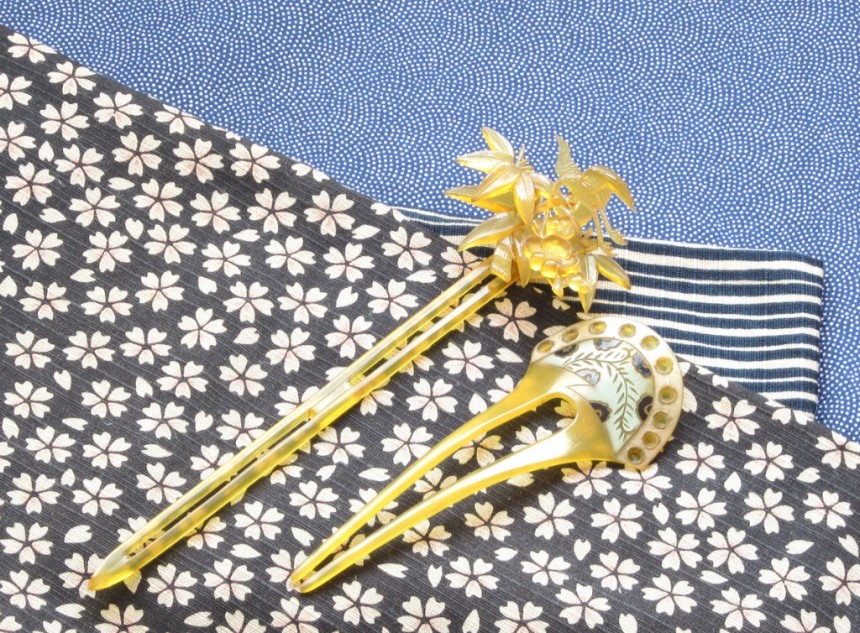
Edo-Period Furoshiki
The Edo Period brought profound changes to Japanese life and increased opportunities for people to wrap things—public bathing became common among ordinary people, travel became more popular, and enterprise grew and spread. With more people traveling for work and pleasure, the need to wrap both wares and portable bento boxes grew. It was during this period that pleasure jaunts such as hanami (flower viewing), theater visits, and boating became popular, and textbooks from this era featured guides on how to prepare elegant, leisure-driven bentos.

Today’s Uses
Furoshiki has the functional pros of making bento boxes easier to transport, holding them together and preventing mess, and can be transformed into a small tablecloth or napkin after unwrapping. For bottles, they insulate and prevent breakage. In addition to practicality, a furoshiki adds a layer of playfulness and visual stimulation common in Japanese product design.
Japan is the most prolific gift-giving country in the world, and when a furoshiki is used for gift-wrapping, its role also goes beyond just functionality—it plays a part in conveying the message associated with the gift, and the status of a relationship. Intentions are silently expressed, codified in design and wrapping style. Some furoshiki do’s and don’t’s include: when bringing a gift to the parents of a fiance, furoshiki should not be tied; furoshiki with gaudy colors should be avoided for condolences; appropriate bright colors should be used for celebration. The Japanese culture of wrapping things—be it a bento box in a furoshiki, an onigiri in nori, or a woman in a kimono—is a way to cherish things and convey thoughtfulness and feeling.

Furoshiki and Gift-Giving
Though it has experienced a decline in use since the 1960s, furoshiki has made a recent comeback with environmentally-conscious people. In 2006, the then-Japanese Minister of the Environment, Yuriko Koike, presented a furoshiki made of fibre from recycled PET bottles to the Senior Officials Meeting on the 3R Initiative held in Tokyo. Exquisitely embellished with a bird and flower motif, the “mottainai furoshiki” was to bring attention to Japan’s culture of waste reduction.
In addition to environmental concerns, this rise in demand is being driven by a renewed interest in traditional crafts by younger Japanese generations. Furoshiki are now available in a wide range of both traditional Japanese patterns and innovative modern and pop designs, spurring a new set of global fans, and making furoshiki an enduring testament to the possibilities of style and functionality.
How to Wrap Items in Furoshiki
While there are dozens of traditional wrapping techniques, a few simple folds will cover almost every situation, from daily bentos to bottles of wine. Below are approachable, classic methods anyone can master.
1. Basic Flat Wrap (Otsukai Tsutsumi)
Ideal for: Books, boxes, gifts, bento
- Lay the furoshiki flat in a diamond shape.
- Place the item in the center.
- Fold the bottom corner over the item.
- Fold the top corner down.
- Bring the left and right corners together and tie once or twice.
A clean, reliable everyday wrap.
2. Bento Wrap with Carry Handle (Muzunagi Tsutsumi)
Ideal for: Bento boxes, lunch containers you want to carry by hand
- Lay the cloth in a diamond shape.
- Place the bento box slightly off-center, closer to you.
- Fold the bottom corner over the top of the box.
- Fold the top corner down, tucking it underneath.
- Tie the two side corners into a secure knot on top.
- Twist the knot so the ends form a little looped handle.
Simple, sturdy, and doubles as a carry bag.
3. Two-Bottle Wrap (Bin Tsutsumi)
Ideal for: Wine, sake, olive oil, or pairing two bottles as a gift
- Lay the furoshiki in a diamond and place two bottles side by side horizontally, with a small gap.
- Fold the bottom and top corners over the bottles.
- Roll both bottles inward until they stand upright side by side.
- Take the left and right corners and tie them together at the top, creating a shared handle.
This creates a surprisingly strong carrier with a built-in cushion.
4. Single Bottle Wrap (Hitotsutsu Tsutsumi)
Ideal for: Wine, sake, spirits, tall jars
- Place the bottle upright in the center of the cloth.
- Pull opposite corners up and tie them once on top of the bottle’s neck.
- Pull the remaining two corners up and tie them over the first knot.
Compact, elegant, and perfect for gifts.
5. Bag-Style Wrap (Yotsu Musubi / Four-Knot Bag)
Ideal for: Groceries, quick shopping, beach days, or bulky clothing
- Lay the cloth flat in a square shape.
- Tie each of the four corners into small knots.
- Open up the center and you’ll have an instant makeshift tote.
The most practical “eco bag” wrap—no sewing required.
Frequently Asked Questions About Furoshiki
Are furoshiki and tenugui the same?
No. Both are traditional cloths, but furoshiki are specifically used for wrapping and carrying items. Tenugui are thinner, hem-less towels used for wiping, cleaning, decoration, and fashion.
What size furoshiki should I buy first?
A 70 cm square is the most versatile for everyday wrapping, especially for bentos and small gifts. If you plan to wrap bottles, a 90 cm cloth is more reliable.
Can you use any fabric as a furoshiki?
Traditionally, furoshiki are made from silk, cotton, or synthetic fibers with strong edges. You can improvise with any sturdy square cloth, but the strength of the weave matters if you plan to carry heavy items.
Can furoshiki be washed?
Yes. Cotton and synthetic fabrics are machine-washable. If it’s silk, hand-wash or dry-clean it. Always check the maker’s instructions.
Can I wrap my Christmas presents in furoshiki?
Yes. Furoshiki is ideal for Christmas gifts because it looks elegant, eliminates waste, and works for items of all shapes and sizes.
Is it rude to take back the furoshiki after giving a gift?
Not in Japan. Traditionally, you return furoshiki to the giver so it can be used again. However, many modern gift-givers intentionally choose designs meant to be kept by the recipient.
What designs are appropriate for gifts?
Bright colors are used for celebrations, subdued tones for formal visits, and muted colors for condolences. Avoid overly loud patterns when visiting elders or in professional settings.
Why did furoshiki fall out of everyday use?
The rise of cheap plastic and paper bags in the 1960s led to a decline. Recent interest in sustainability has revived their popularity.
Are furoshiki eco-friendly?
Yes. Reusable, washable, and durable, they eliminate the need for disposable bags and wrapping paper. They’re one of Japan’s oldest zero-waste solutions.
How long do furoshiki last?
With normal use, a good-quality furoshiki can last decades. Many families pass them down as keepsakes.
Where can I buy furoshiki today?
They’re widely available at department stores, traditional craft shops, museum gift shops, and online stores across Japan. Try Loft and Tokyu Hands for reasonable prices.
